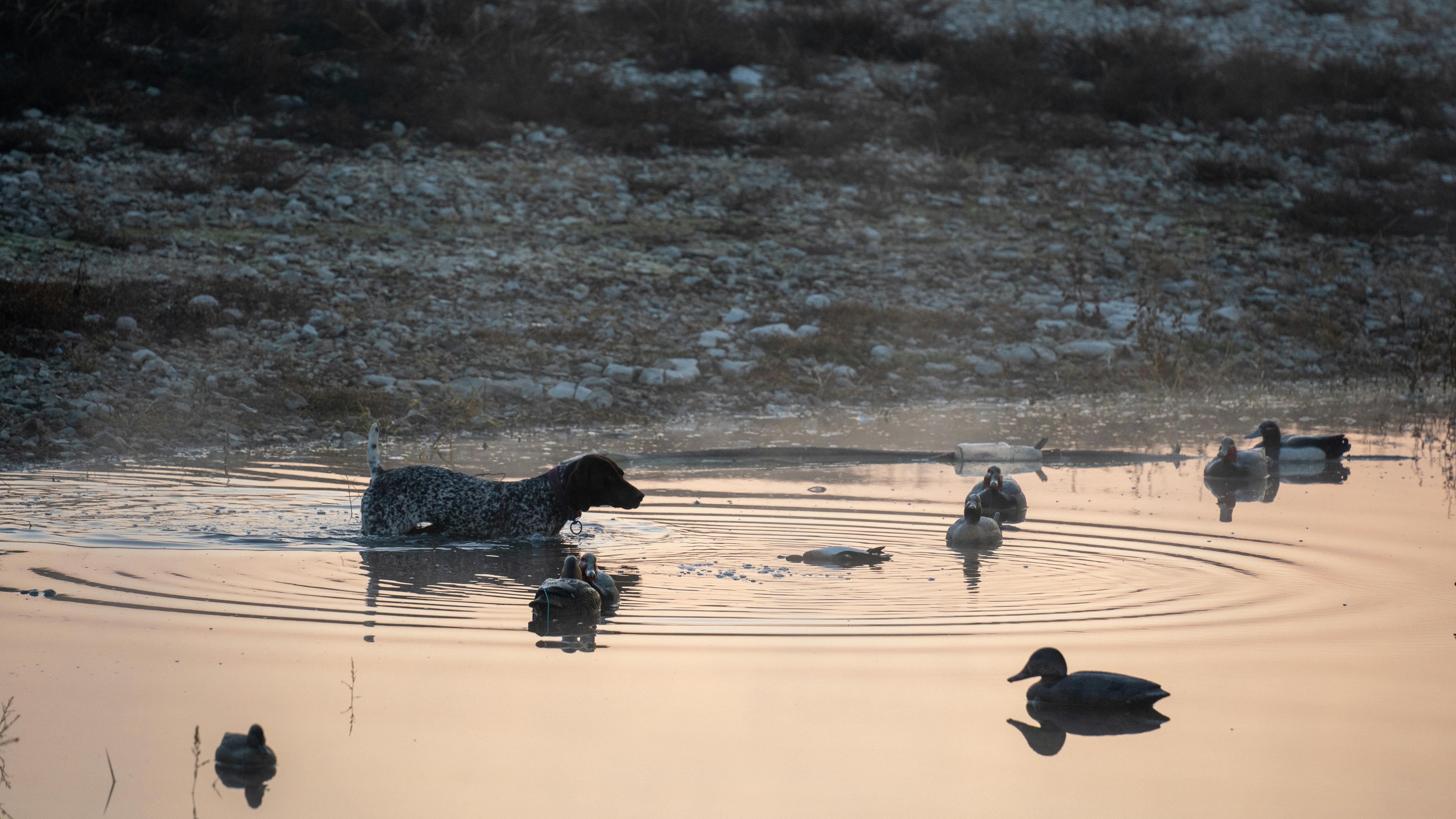.png)
Founder @ Broadside Outdoors | Avid Angler
Cold Weather Hunting in Oklahoma
As the leaves change and the temperatures drop, Oklahoma transforms into a prime hunting destination for both seasoned hunters and newcomers alike. Cold weather hunting can be challenging, but with the right preparation and mindset, it can also be incredibly rewarding. Here’s a guide to making the most of your cold-weather hunting experience in Oklahoma.
Understanding Oklahoma’s Winter Landscape
Oklahoma’s diverse terrain ranges from forests and grasslands to rivers and lakes, providing varied habitats for game such as deer, waterfowl, and turkey. In winter, these environments can present unique challenges—like snow cover and freezing temperatures—but they also offer advantages, such as increased visibility and less foliage.
Preparing for Cold Weather
-
Dress in Layers:
The key to staying warm is wearing layers. Start with a moisture-wicking base layer to keep sweat away from your skin. Add insulating layers, such as fleece or wool, and finish with a waterproof and windproof outer layer. Don’t forget insulated gloves and a warm hat!
Per Oklahoma law, deer and elk hunters must wear a head covering and an upper-body garment totaling at least 500 square inches of fabric, at least 400 of which must be fluorescent orange. -
Stay Dry:
Wet clothing can quickly lead to hypothermia. Choose water-resistant gear, and consider wearing gaiters to keep snow and moisture out of your boots. -
Footwear Matters:
Insulated, waterproof boots are essential. Make sure they have good traction for icy conditions. Consider bringing an extra pair of socks to keep your feet dry and warm.
Note: The leading cause of injury while hunting is falling—watch out for ice on blinds and sloped terrain!

Game Patterns in Winter
Cold weather affects animal behavior. Understanding these patterns can improve your chances of a successful hunt:
-
Deer Movement:
In winter, deer tend to be more active during the late afternoon and early evening as they search for food. Focus on feeding areas, such as fields or areas with acorns. -
Waterfowl Hunting:
Lakes and rivers attract migrating waterfowl. Scout for open water and set up near these spots, especially early morning or late afternoon. -
Turkey Behavior:
In colder months, turkeys may roost in lower areas at night and move to sunny spots during the day. Look for tracks and signs in the snow to locate feeding areas.
Strategies for Success
-
Choose the Right Stand Location:
Elevated stands provide better visibility and protection from the wind. Place your stand near food sources or frequently used trails. -
Use Calls Wisely:
Calls can be effective in attracting deer or turkeys. In cold, still air, sounds carry farther—so use them sparingly and strategically. -
Patience is Key:
Cold weather hunting often requires longer periods of stillness. Bring a thermos of hot drinks and snacks to maintain energy while you wait.

Safety First
-
Stay Hydrated:
It’s easy to overlook hydration in cold weather, but it’s vital for maintaining body temperature and energy. -
Know the Signs of Hypothermia:
Watch for shivering, confusion, and fatigue. If you notice symptoms in yourself or a partner, act immediately to warm up. -
Plan Your Hunt:
Let someone know your plans and expected return time. Carry a reliable communication device in case of emergencies.
Conclusion
Hunting in cold weather can be an exhilarating experience—especially in the beautiful landscapes of Oklahoma. With the right gear, knowledge of animal behavior, and a focus on safety, you can make the most of your winter hunting adventures.
Embrace the chill, enjoy the solitude of nature, and happy hunting!
